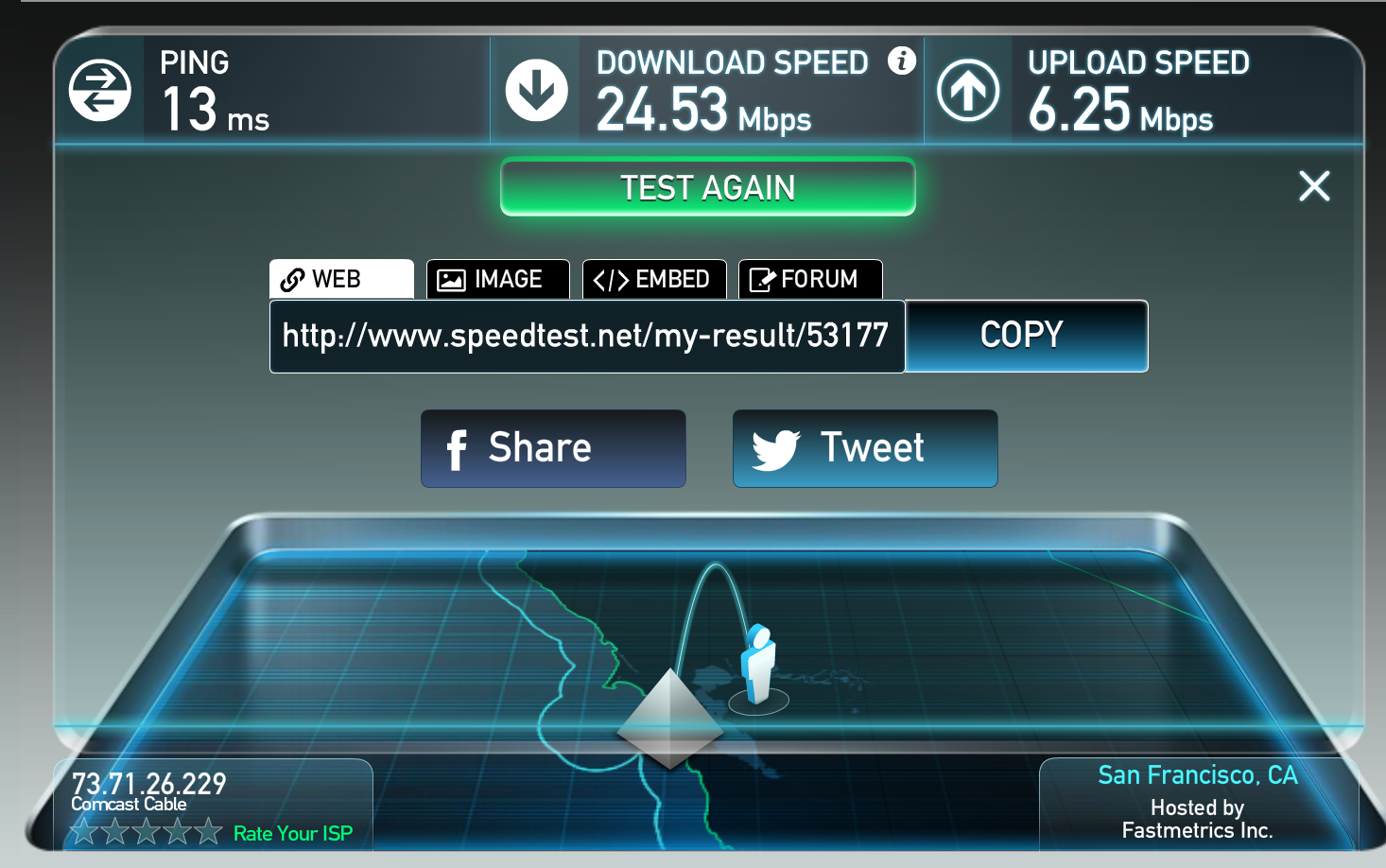What does it take to get started with telehealth? What kind of equipment and technical telemedicine requirements do your patients and your practice need to meet to have a successful virtual visit?
These are questions we often get from healthcare providers considering telehealth. And it's an important point. Afterall, if patients don't have the basic things they need to do a virtual visit, they might be less inclined to get started.
We have a few answers to demystify the basic technical requirements of trying telehealth. While the technical requirements will often vary based on your use case and the telehealth software solution that you're using, there are some baseline tips you should know.
Software
The Doctor's Checklist: Technical Tips for a Successful Telehealth Visit
Hardware
Whatever live telehealth platform you might be using, patients will need a few basic pieces of equipment to do a virtual visit:
- A computer or mobile device. Ask your telehealth vendor which specific devices their software will run on. Desktop computers? Laptops? Tablets? Smartphones? Be sure to ask not only about the compatible device type, but the operating systems as well (mac vs. windows).
- An integrated or external microphone. Most mobile devices and computers will have a built-in microphone that should work fine. If the patient's device does not have one, they'll need to find a separate microphone. Luckily, there are tons of inexpensive options. Check out this list for some top microphones your patients could use.
- An integrated or external camera. Like with microphones, many devices now already have an integrated camera. However, if the patient is using a desktop computer or older laptop, they might not have a built-in webcam. Here's a quick list of great webcamera options to share with your patients.
Internet Connection
Having a solid internet connection is a crucial piece of having a successful telehealth visit with a patient. If the patient has a shaky connection, not even the best telehealth app will be able to deliver quality video. Here are a few baseline requirements and tips to share with patients.
- Ideally, their internet speeds should be at least 15Mbps download and 5Mbps upload. While video streaming can happen with slower internet connections, these are the speeds needed to have the clear video experience you want.

If you consistently have a poor internet connection on your end, you may want to contact your internet provider (Comcast, AT&T) and ask them about upgrading your service.
If your patient is having trouble with their internet connection, suggest they try using a wired internet connection instead of wifi. Plugging straight into their router/modem with an ethernet cable will likely improve their connection.
In a pinch, patients can also use their mobile network on their smartphones, but just advise them that streaming video can use a good amount of data.





